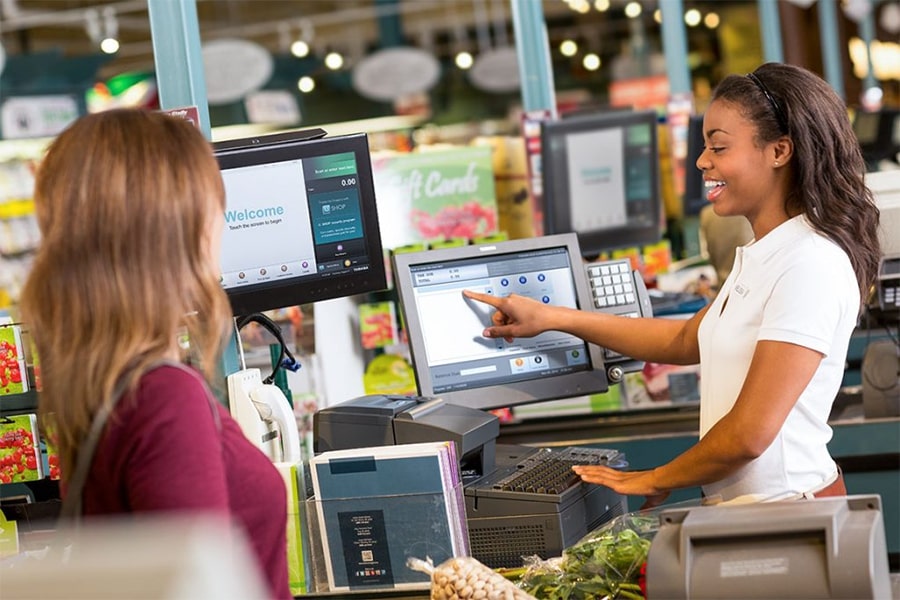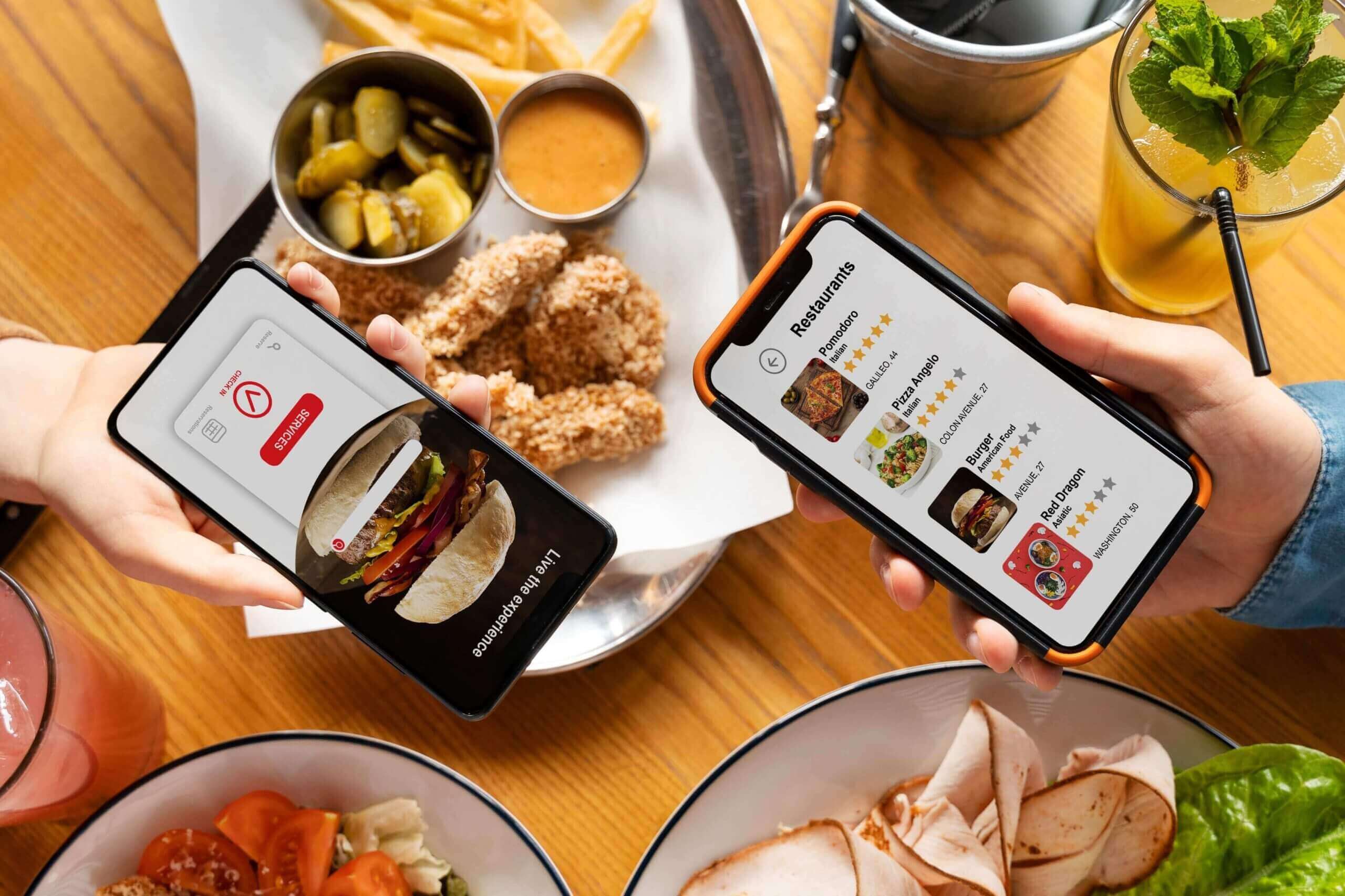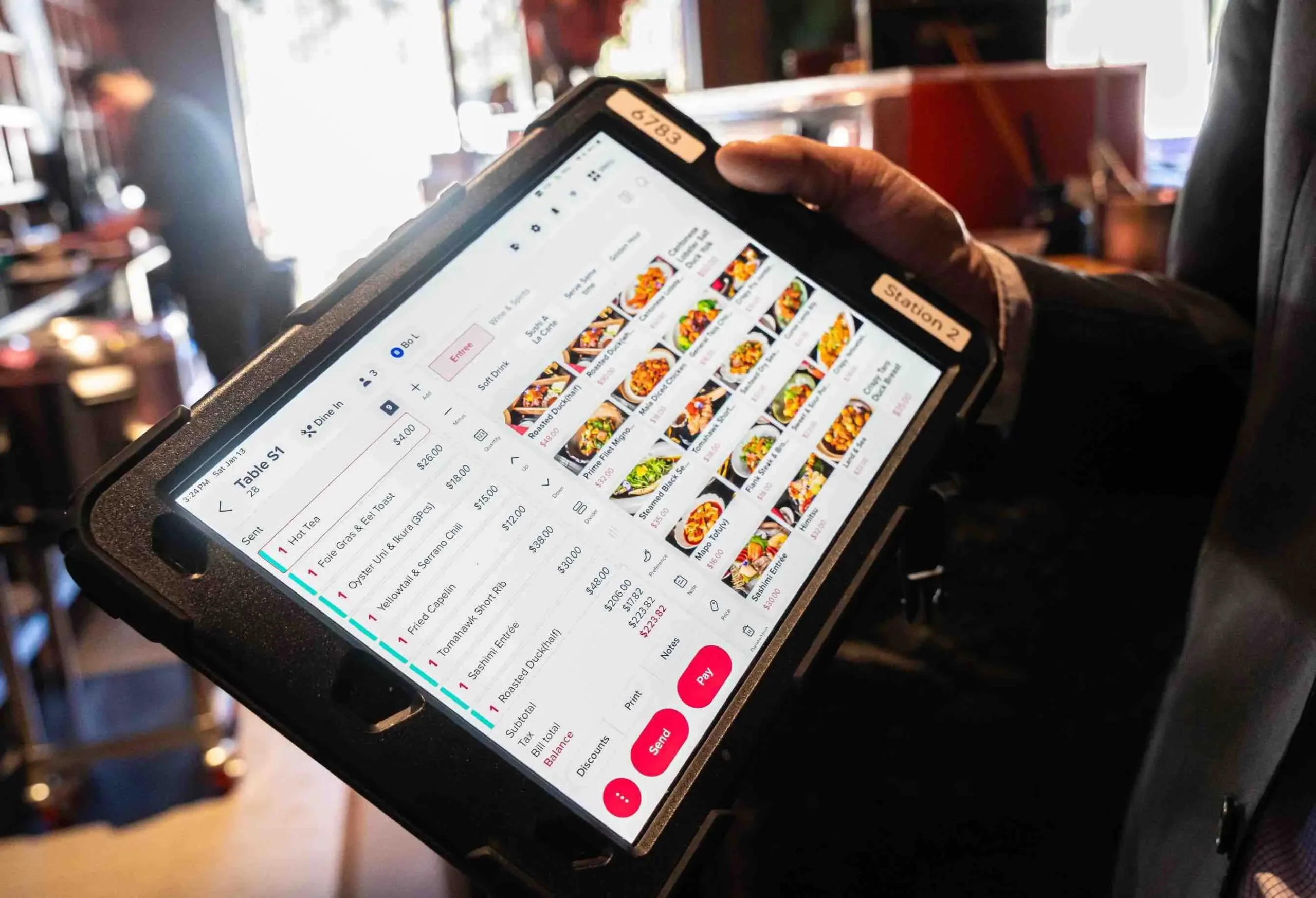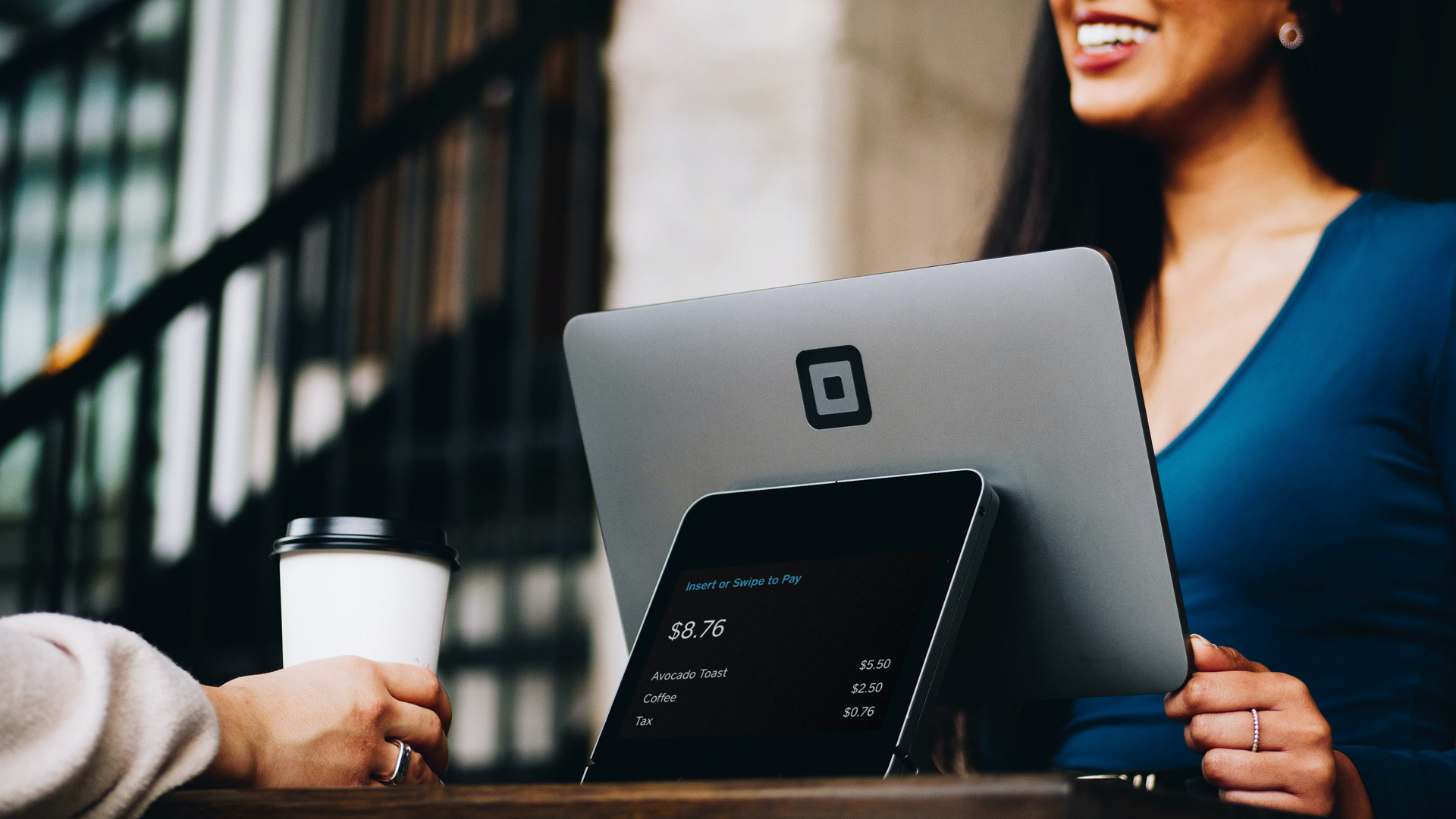How POS Data Helps You Target the Right Audience

In today’s competitive food and beverage landscape, simply serving great coffee or delicious meals isn’t enough. To grow your customer base and boost revenue, you need to market smarter—and that begins with knowing who your audience is. That’s where POS (Point of Sale) data becomes a powerful tool.
Many café and restaurant owners overlook the rich insights buried within their POS system. But in reality, your POS isn’t just a place to process transactions—it’s a goldmine of customer behavior and sales data that can help you create highly targeted and effective marketing strategies.
Understanding Your Customer Through POS Data
Every time a customer places an order, your POS system collects valuable data: what they ordered, when they ordered it, how much they spent, and how often they return. Over time, these transactions create detailed customer profiles and purchasing patterns.
For example:
- Do customers buy more iced drinks during the afternoon?
- Are vegan menu items more popular on weekends?
- Do certain customers always return for your seasonal specials?
This kind of data gives you a real-world look at customer behavior—not assumptions, but actual facts that help you tailor your offerings and promotions.
Segmenting Your Audience
Once your POS data reveals patterns, you can start segmenting your audience. Segmentation means dividing your customers into groups based on shared characteristics such as:
- Frequency of visits (regulars vs. occasional customers)
- Purchase value (big spenders vs. low spenders)
- Menu preferences (coffee drinkers, pastry lovers, lunch-goers)
- Time of visit (morning rush, afternoon break, late diners)
With these segments, you can create targeted campaigns that speak directly to each group. Instead of sending one generic promotion to everyone, you can send personalized messages like:
- “Your favorite croissant is back—swing by this weekend!”
- “Buy 4 coffees, get your 5th free—only for our weekday morning crowd.”
Targeted marketing like this increases engagement, builds loyalty, and improves return on investment.
Personalized Promotions and Loyalty Programs
Most modern POS systems integrate with loyalty programs and email marketing tools, making it easy to offer personalized deals based on a customer’s purchase history. For instance:
- A customer who always orders oat milk lattes could receive a 10% discount on non-dairy drinks.
- A regular who hasn’t visited in two weeks could get a “We Miss You!” offer.
The more relevant the offer, the more likely it is to convert. Personalized promotions aren’t just good for sales—they also make your customers feel seen and appreciated.
Optimizing Your Menu Based on Audience Preferences
Your POS data doesn’t just help you market better—it also helps you refine what you offer. By analyzing which items sell the most (and when), you can tailor your menu to better suit your audience. For example:
- If your data shows flat whites are popular with young professionals in the morning, you might promote combo deals during peak hours.
- If certain pastries rarely sell, it might be time to replace them with more popular options.
This kind of data-driven decision-making ensures that your offerings stay relevant and profitable.
Real-Time Feedback and Adaptability
Unlike traditional market research, POS data provides real-time insights. You don’t have to wait for customer surveys or online reviews. You can see instantly how new menu items or limited-time offers are performing and adjust your marketing strategy on the fly.
Did a new drink launch perform poorly on a Monday morning but sell out by Friday afternoon? That insight can shape how and when you promote it next week.
Conclusion
In a digital age where customers are bombarded with generic ads and irrelevant offers, personalization is key—and POS data makes that possible. By understanding customer behavior, segmenting your audience, and creating targeted promotions, you’ll not only attract more customers but also build deeper loyalty with the ones you already have.
So if you’re not already using your POS system as a marketing tool, now is the time. Because the secret to targeting the right audience isn’t spending more—it’s knowing more, and your POS has all the answers you need.
